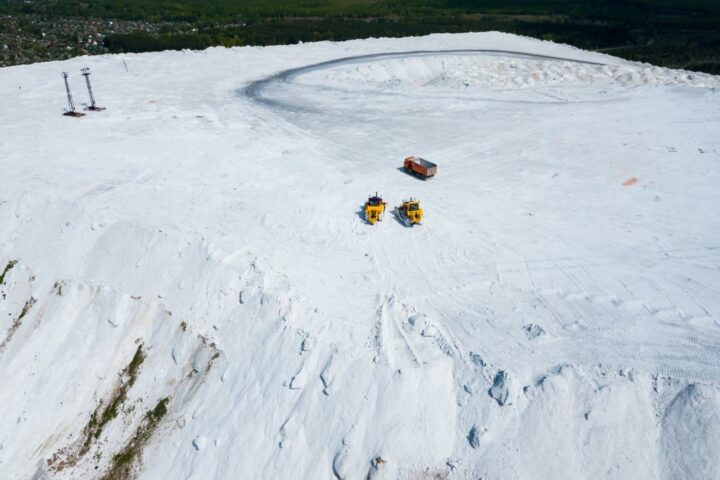A team of researchers from Rice University, in collaboration with Guangdong University of Technology, has made a groundbreaking discovery in the field of wastewater treatment. By adapting medical dialysis technology, they have developed a highly effective method for treating high-salinity organic wastewater, a challenging and costly problem for various industries.
The Challenge of Treating High-Salinity Organic Wastewater
High-salinity organic wastewater is a significant environmental concern, generated by industries such as petrochemical, pharmaceutical, and textile manufacturing. Traditional treatment methods, including biological treatment, advanced oxidation, and thermal methods, are often compromised by elevated salinity levels, leading to reduced effectiveness, increased energy consumption, and higher operational costs.
The Solution: Adapting Medical Dialysis for Wastewater Treatment
The research team, led by Menachem Elimelech, Nancy and Clint Carlson Professor of Civil and Environmental Engineering and Chemical and Biomolecular Engineering, has demonstrated that medical dialysis can be adapted to effectively separate salts from organic compounds in wastewater. This innovative approach overcomes the limitations of traditional treatment methods, offering significant benefits, including:
- Reduced environmental impact
- Lower operational costs
- Potential to recover valuable resources
Key Findings and Advantages of Dialysis Treatment
The researchers found that dialysis effectively removed salt from water without requiring large amounts of fresh water. The process allowed salts to move into the dialysate stream while keeping most organic compounds in the original solution. Compared to ultrafiltration with the same membrane, dialysis was better at separating salts from small, neutral organic molecules.
Implications and Future Directions
This breakthrough has significant implications for industries struggling with high-salinity organic wastewater treatment. The adapted dialysis technology offers a sustainable, cost-effective solution that enables resource recovery and reduces environmental impact. Future research directions include scaling up the technology for industrial applications and exploring its potential for treating other types of wastewater.
Conclusion
The adaptation of medical dialysis for wastewater treatment is a game-changing innovation that addresses a pressing environmental challenge. This breakthrough has the potential to transform the way industries approach wastewater treatment, enabling more sustainable, cost-effective, and environmentally friendly practices.

















